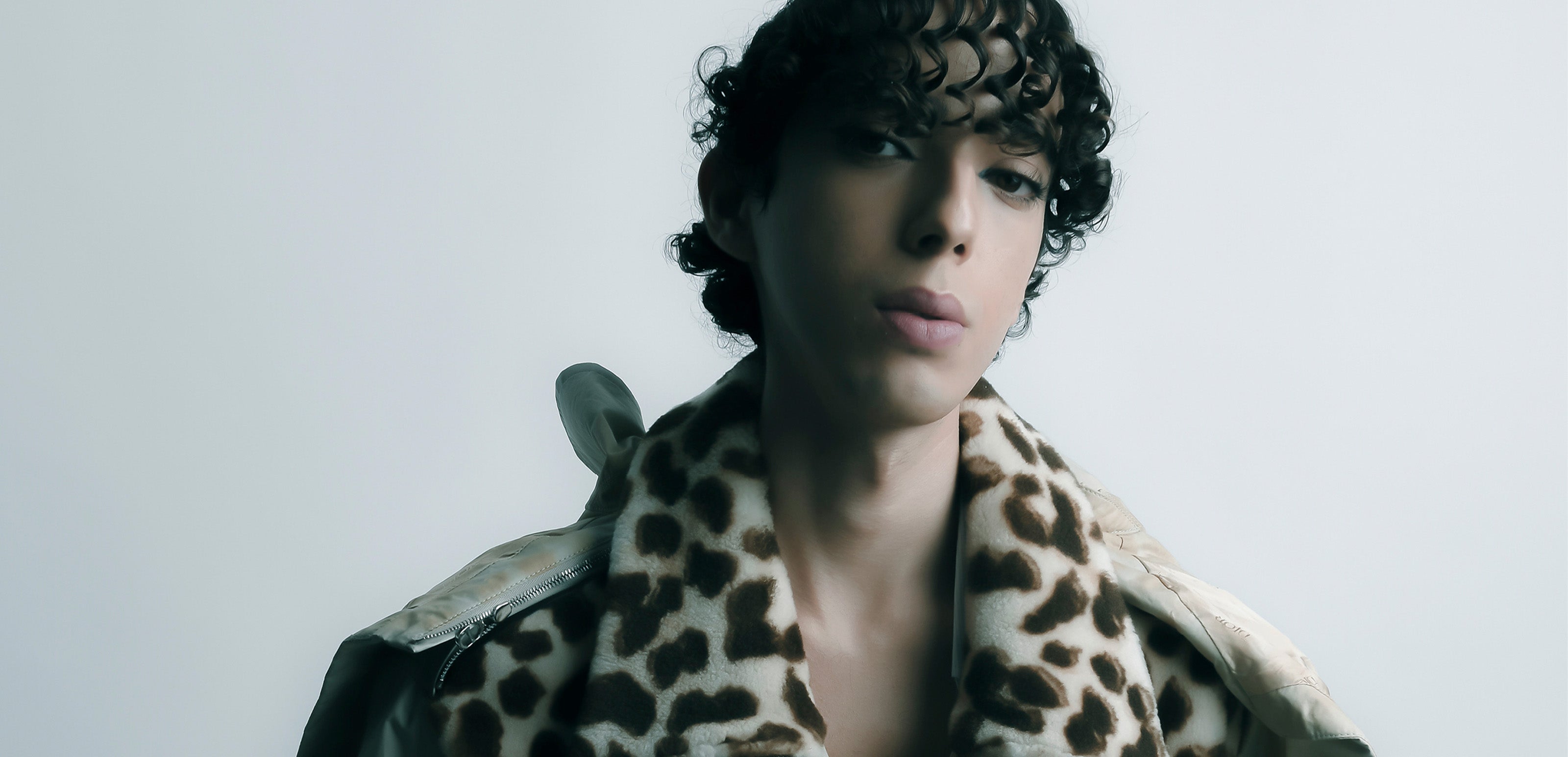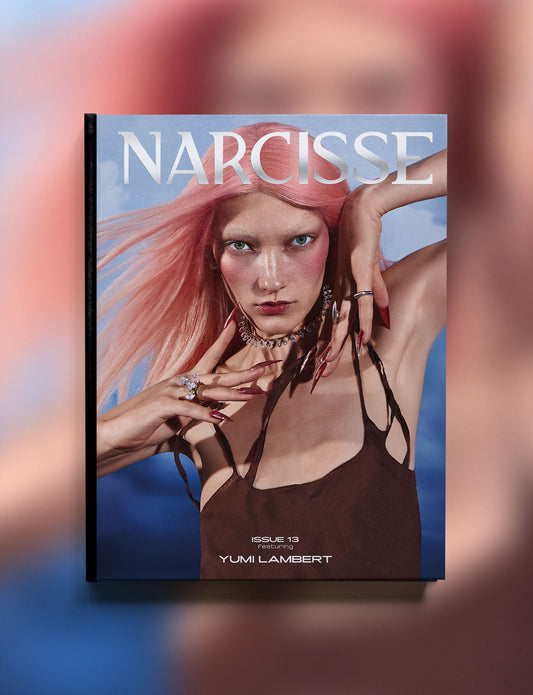RIF TRIBES FOUNDATION
Founded in 2022 by Sidi Massinissa of the Rif, great-great-grandson of Amghar Mohammed Ameziane, Prince of the Rif. The RIF TRIBES FOUNDATION is a youth-led impact-driven indigenous charity, on a mission to address the challenges facing the Rif Region of the Kingdom of Morocco. Home to the indigenous Riffians, this northern territory copes with issues such as hunger, poverty, illiteracy, violence, drug abuse, and mental health challenges. We leverage the rich cultural heritage and identity of the Rif, employing art as a central force to tackle these pressing challenges. Our focus extends beyond immediate humanitarian efforts to a broader vision- fostering prosperity and addressing the historical and cultural wound inflicted by 20th-century colonization. The use of chemical weapons by the Spanish Empire on its inhabitants and administrative and institutional neglect has made the Rif one of the poorest regions in Morocco. About 43% of the total Riffian population lives in rural areas and is unemployed or unable to afford basic needs such as food, housing and medical bills.
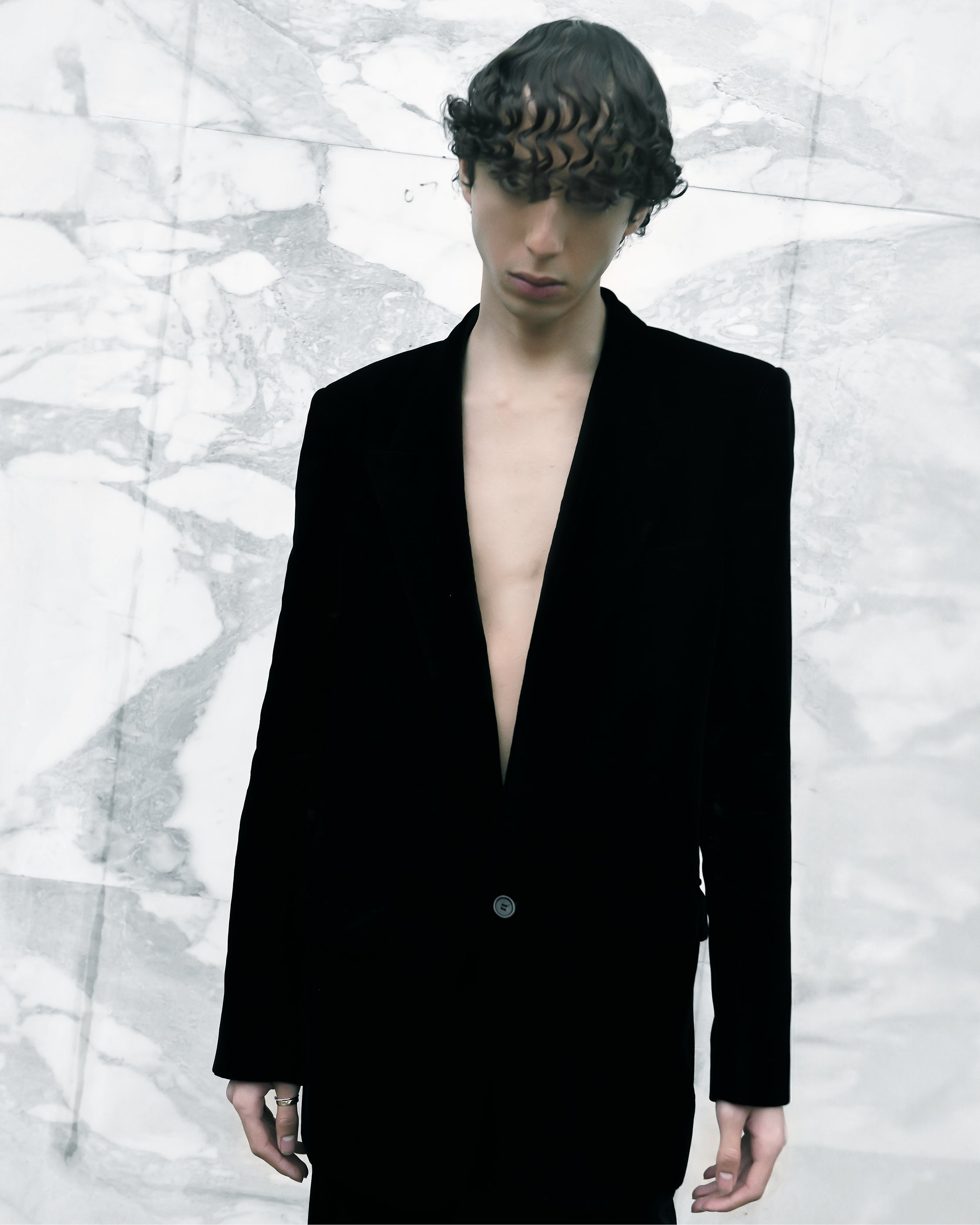
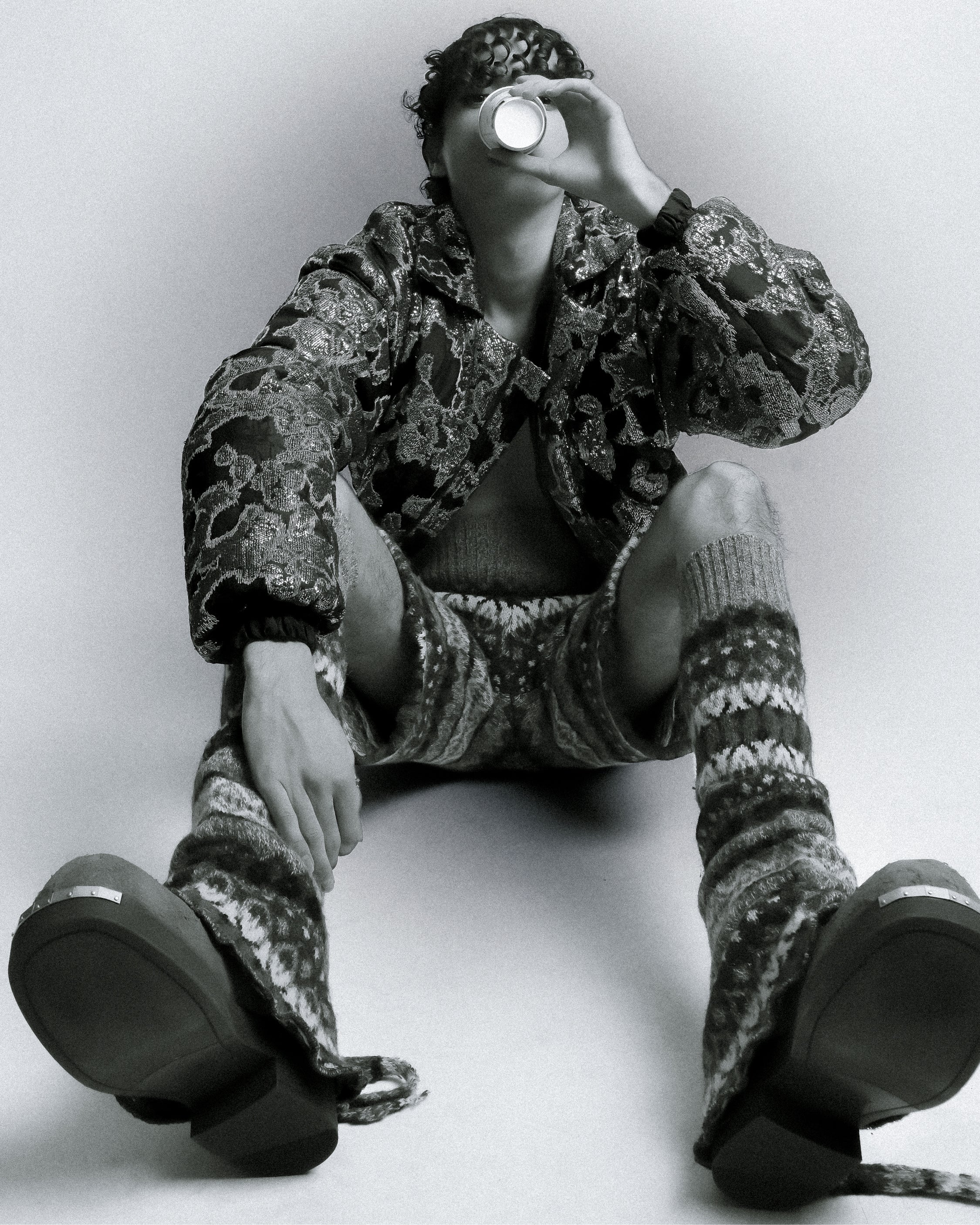
-
1. Can you share the inspiration behind starting this youth-led charity in Morocco? What motivated you to take on this initiative?
Ever since I was a child, I always remember my family not only being highly engaged with the community but also hearing stories from my parents and grandparents of how our ancestors have always dedicated their lives to make sure our people have a decent quality of living. I happened to be born in a very privileged position, i’ve grown up in Europe, and i have never really had to struggle for the sake of survival. But that is not the case for virtually most people of my age in Morocco. They are all so incredibly talented, resilient and have such a beautiful soul, that it has always pained me to feel how I can have anything I desire and need but they can’t even afford to eat or study. This is when I got together with my friends from Morocco and other countries and we decided to take matterse into our own hands and figure out a way we can create a project that will benefit as many young people as possible. From that frustration we have been able to create a beautiful team of people that are behind this initiative that is now helping tens of thousands and will continue to grow inshallah.
-
2. What specific challenges or issues among the youth in Morocco is your charity focused on addressing?
We are dedicated to improving the different layers of difficulties present in the lives of the youth of Morocco and, especially, the youth of the rural and marginalized areas such as the Rif Mountains (where I come from). Our goal is to work hand-in-hand with the local tribes and authorities in order to create a better future, bring back hope and uplift a country where there is no need to leave in order to thrive. Unfortunately, many young people in Morocco see no opportunities to pursue their professional or educational aspirations in their country, or simply, no opportunities to improve their economic situation and bring bread to the table. That is why many embark on dangerous routes towards Europe, especially in the Rif, whose shores have seen the departure of thousands towards Spain. Our Foundations seeks to, progressively, furnish rural Morocco with basic services, educational opportunities and cultural and artistic activities that make this youth’s home a place worth staying at. Our main focuses is artistic and cultural opportunities, not only because art and culture are enriching activities that help in people’s education and quality of life; but also because the richness of traditional Moroccan and indigenous Amazigh art is being lost, and with it, all the traditional job opportunities it carries with it. We want to support art to preserve our outstanding heritage, and also to send a message to young people interested in this professional field: Morocco is a country where you can pursue this passion.
-
3. How does your organization involve and empower young people indecision-making processes and leadership roles within the charity?
Our organization does not only focus on young people, but it is also run by young people, mainly young Moroccans like myself who know first hand the struggles and needs of our generation. Therefore, young people are the base and foundation of our dynamic team: they are those who will think and bet on the most innovative and creative tasks to improve our country, and they are also incredibly talented–although more often than not, opportunities are not given to them. Besides our team, we also count on a large base of local young volunteers that are the main drivers of our missions –which are actually ‘their’ missions, we only provide the means, but they are the ones who must implement them and make them last. Giving the Rif’s and Morocco’s young people the agency and means to be the drivers of their own change and development is our strongest bet, and the one that we think will improve our futures.
-
4. Could you highlight some of the key projects or initiatives your charity has undertaken to make a positive impact on the youth in Morocco? Can you share a success story or a notable achievement of your charity that you are particularly proud of?
We launched the Rif Tribes Foundation in early 2022, so we genuinely have not had enough time to do all the projects we dream of materializing but i am really privileged and proud to say that in this short amount of time, we have carried one of the largest humanitarian relief responses to the September 8th earthquake that struck Morocco, benefiting over 3470 families, our hunger relief programme has benefited over 2540 people in rural villages and two days ago we finally announced the opening of the “Rif Tribes Art Center” the first-of-its-kind artistic institution that will train, promote and uplift young artists in Morocco and help them take their craft to the next level. This is only one of the main projects we have planned this year, but in the upcoming months we are announcing beautiful initiatives that will tackle rural education, sports, maternity aid, fashion, traditional art and much much more.
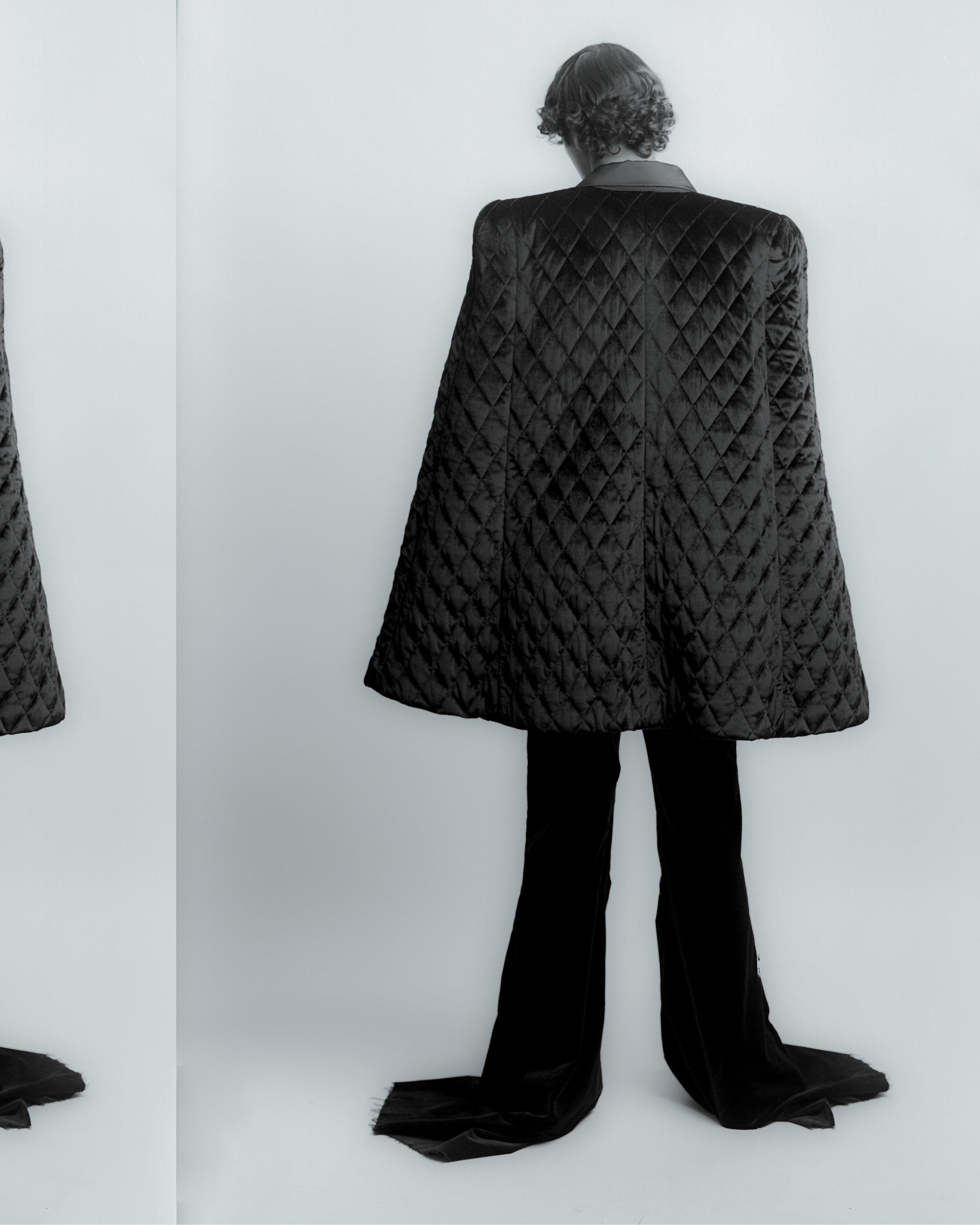
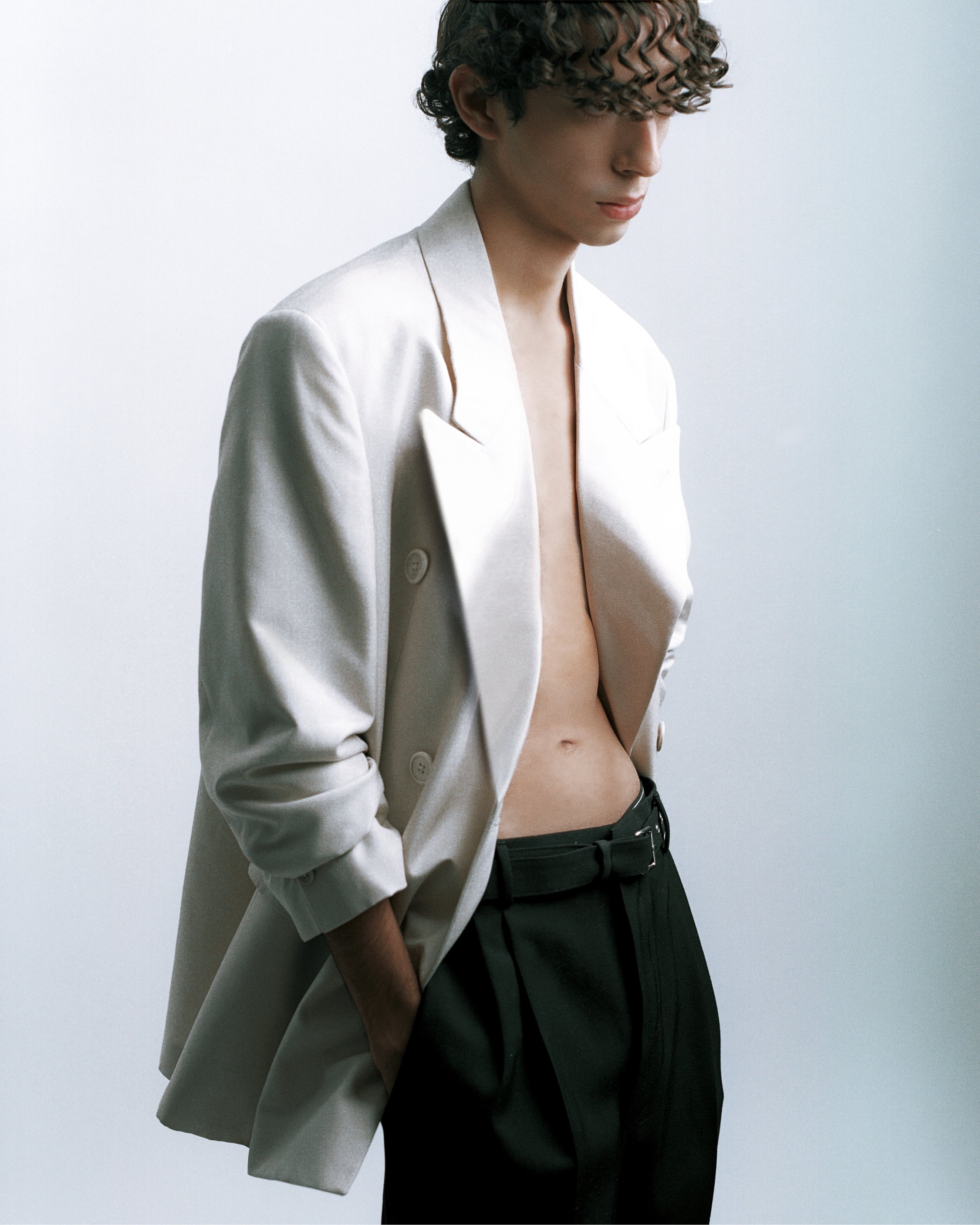
-
5. In what ways does your charity collaborate with local communities, government agencies, or other organizations to achieve its goals?
We work with absolutely anyone and everyone, literally, we have so many goals that we will collaborate from small local charities and businesses to large international government agencies. Collaboration is one of our key values and principles. We are not competing with anyone. We are working to improve the quality and standards of life of young people in Morocco. So anyone is welcome to work with us, big or small, designers, creatives, entrepreneurs, teachers, governments and organizations, you are all welcome at Rif Tribes, and I am confident we will be able to harvest something together that can benefit thousands.
-
6. Morocco is known for its rich cultural diversity. How does your charity embrace and celebrate this diversity in its programs and activities?
One of the things that makes the Rif Tribes Foundation different from other charities is our vision of working with the art and fashion world in order to create these humanitarian and development projects. You might think, how? why? The Kingdom of Morocco is not only a country with exponential cultural and artistic heritage, but a country where its heritage has often been misused, stolen or poorly represented. A country that not only has given inspiration to some of the biggest names in art and fashion but that also welcomed them. Simply look at major names like designers Yves Saint Laurent and Pierre Bergé. The art and fashion world is outstandingly powerful and it can change millions of lives - this is what we work this way.
-
7. What role does education play in your charity's mission, and how do you work to enhance educational opportunities for young people in Morocco?
The Rif is one of Morocco's poorest regions. Due to both the legacy of Spanish and French colonisation and years of institutional neglect, the region has been considered a 'blighted area'. Recently, the situation has worsened further with global challenges affecting the entire country. An estimated 3.2 million more people fell into poverty in Morocco due to rising prices and the effects of the COVID-19 pandemic, according to a report published by the High Commission for Planning (HCP), says Hespress. As a result of years of high poverty rates, World Bank data in 2019 showed that 66% of 10-year-olds in Morocco were unable to read and comprehend simple text, a score 2.5 percentage points lower than the Middle East and North Africa (MENA) regional average and 10.7 percentage points lower than the average for lower-middle-income countries. This is particularly acute for children and young people living in rural areas, with little or no access to high quality educational facilities or school materials, who are the vast majority in the Rif Mountains, a predominantly rural area where most of the population lives far from crowded urban centers. That is why education is a pillar field of action for our foundation, a field where we have different projects. The first one is the Rif Tribes Arts’ Center, which, in the very heart of Al-Hoceïma, will provide after-school educational activities for young people, as well as formative activities for those seeking to pursue more technical educational courses and workshops in the field of arts. The second one is‘Cycling Our Way Up’, which aims to distribute at least 5,000 bicycles to 5,000 different vulnerable rural households from the surroundings of the villages of Ktama and Taounate, which will allow the children in these families to more easily move from village to village and access education –which is often hampered by the long distances that exist between the tribes’ locations and the schools–, and also allow the other family members to more easily move to nearby food markets and wells to get water.
-
8. How do you measure the impact of your charity's programs, and what outcomes have you observed so far?
We are constantly consulting the youth and the local tribes in every step of the way, and try to engage them in all important decisions of our foundation –since our work is devoted to helping them, they should after all be the ones dictating what our specific tasks ought to be. Therefore, every time we go to any village we take the time to speak with people, introduce our work and let them contribute with their ideas and suggestions. Unfortunately, most taskforces operating with indigenous peoples or in severely affected areas are punctual, with a determined time allocation, and without insider experience with the communities they are working with. RTF has since January been working on the ground delivering food aid, establishing a relationship with the communities and gathering data. Besides, we are a group of predominantly Amazigh Riffians working for Amazigh Riffians, an element that is also, unfortunately, lacking in similar contexts and one from which we take big pride. It is significant to mention that, after having conversations with various indigenous tribes of the Rif Mountains during our hunger relief distributions for them to assess our work and to get their opinion about the changes they would like to see in Morocco and their rural communities, it was deemed necessary to start organizing tribal citizens' assemblies within our territory of operation (Province of Al-Hoceima) as one of our permanent missions in itself. The RIF TRIBES FOUNDATION has played the role of facilitator and listener, which striving to bring communities together to hear exactly the things they want to see changed and the ways in which the Foundation can collaborate in terms of support. The impact of this initiative results in establishing long-term active networks that can produce by themselves the long-term local change that is needed, as well as deal with emergencies.
-
9. What advice would you give to young individuals who aspire to make a positive impact in their communities and start their own charitable initiatives?
Stop keeping those great ideas to yourself, hidden in your head, act upon them! Take a piece of paper, write it all out and call your best friend and partner in crime: it is time to take action, a big project is in the making. Big or small, whatever you think can make a positive impact in your community is worth trying out, and even if at the first attempt you ‘fail’, you will be taking a valuable lesson on how to succeed in your second one. Since I was a teenager, I have been thinking about a thousand different ways in which I could help my country. Some were kept in my mind forever, some others were translated, as I advised, in tens of pieces of paper and in hours of calls with my colleague and life friend Bianca, only to result in short-term projects that, while did not bring the community impact I expected, taught me how to pave the way forward. And finally, I once found myself having the idea that would once and for all be transformed into a real actionable charity, helping my people and inspiring hundreds of other youth to do the same. So, do not hesitate. Do it. Write it down. Voice it loud. Act upon it. Fail. Rise up again. Repeat. Find yourself building the path towards the goal that is closest to your heart –this way, you will never go wrong.
Photographer JACQUES BURGA // Stylist MAX KATT // Grooming ALAN LEAL
Narcisse Magazine - Issue 13
-
YUMI LAMBERT
Regular price €25,00Regular priceUnit price per -
 Sold out
Sold outCHARLOTTE LAWRENCE
Regular price €25,00Regular priceUnit price per€0,00Sale price €25,00Sold out
